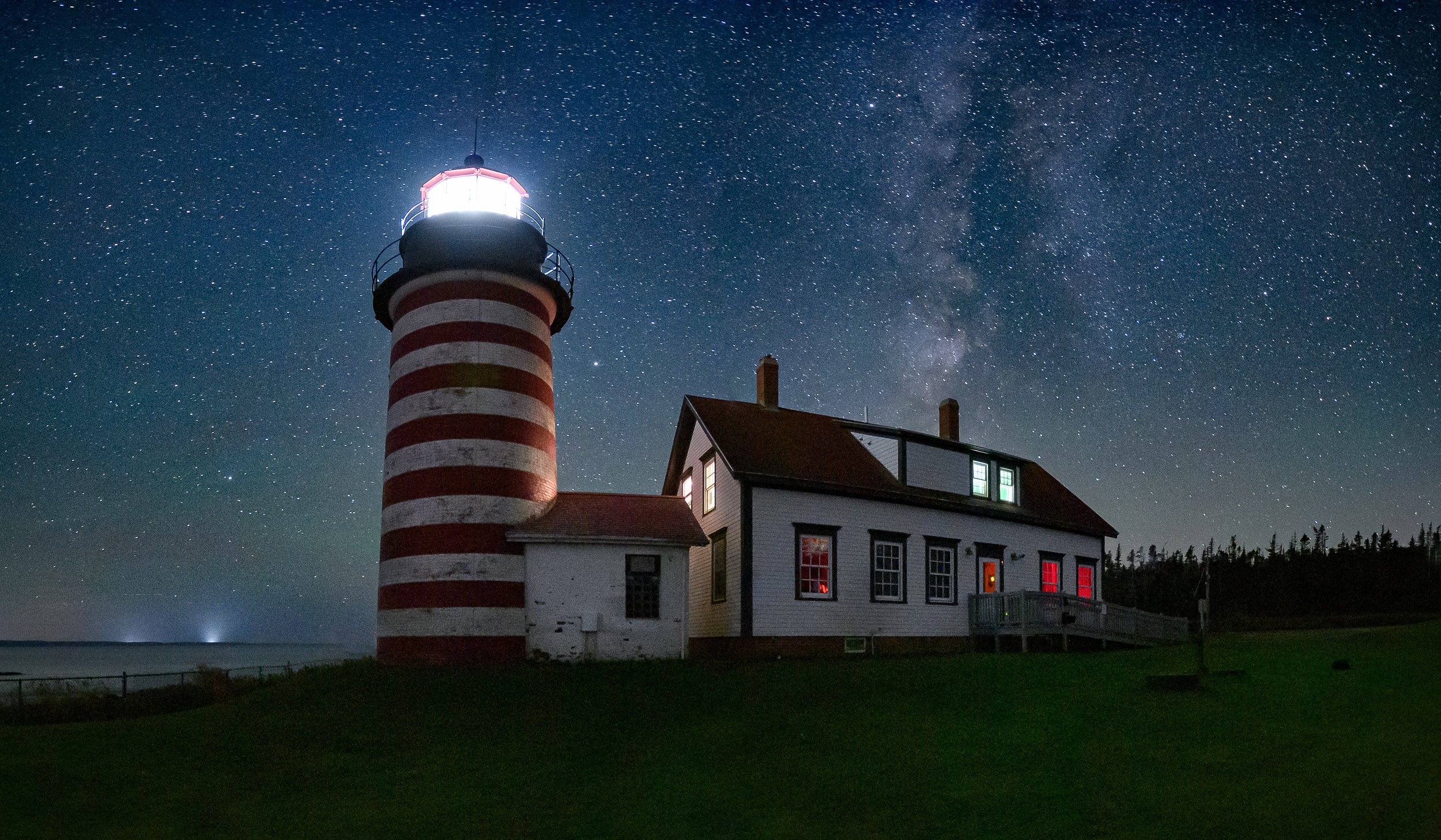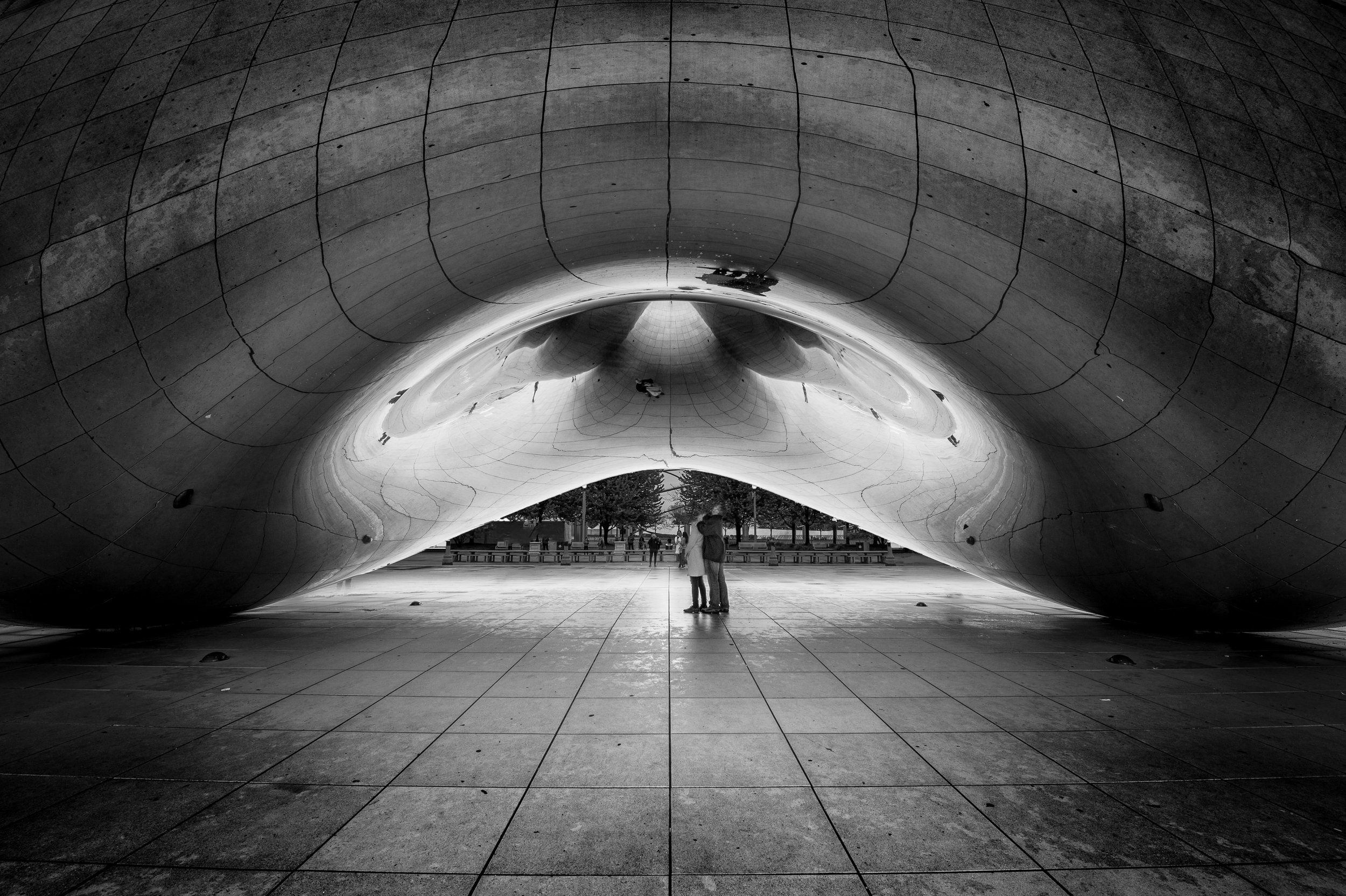We are so pleased to announce the first-of-its-kind dedicated Night Photo Summit, to be held February 12-14, 2021.
One of the things we love best about National Parks at Night is the amazing community that’s grown around our mutual love of night photography since we began this project back in 2015. We’ve been talking about a way to celebrate that for a long time.
Last year, we held our first all-alumni workshop in Death Valley, and the energy and camaraderie we all experienced was cathartic. (It seems like a decade ago now!) We’ve long wanted to do a larger-scale event to bring the entire community together, and to introduce more people to the magic we experience under the stars in our amazing national parks.
Rather than wait until we can all gather together in one of those parks, we decided to produce a virtual event now that will enable even more people to gather to share and learn from an extraordinary group of speakers and educators.
We are over the moon to present the first Night Photo Summit!
Join us this February for three days of presentations from 28 dynamic speakers discussing a wide range of topics on all things nocturnal, and all things national parks, and a little more.
You’ll learn from photographers, astrophysicists, writers, artists and rangers about astronomy, dark skies, creativity, and of course photo techniques––both in the field and post-processing.
There will be panel discussions (including one on “Women in Night Photography”), image reviews with the National Parks at Night instructors, a screening of the amazing aurora film Light Side Up, and opportunities to connect with the wider community of creative professionals who share a love of night photography.
Our incredible lineup of speakers and talks includes:
Kevin Adams: “Photographing Waterfalls between Sunset and Sunrise”
Gabriel Biderman: “Urban Nightscapes: Creating Magical Long Exposures Under Streetlight”
Paul Bogard: “Is This the End of Night?”
Gary Bremen and Grant Livingston: “Songs and Stories of our National Parks”
Russell Preston Brown: “Creative Night Photography with a Mobile Phone”
Forest Chaput de Saintonge: “Getting Started With Deep Sky Astrophotography”
Michael Frye: “Noise Reduction Strategies for Night Photography”
Matt Hill: “Don’t Be Afraid of the Dark: Fostering a Creative Night Photography Habit”
Rachel Jones Ross: “Winter Nights: Capturing Night Sky Magic Without Freezing Your Bits”
Lance Keimig: “Abbreviated History of Night Photography”
Jennifer Khordi: “Shooting the Moon and New York City”
Erik Kuna: “Ignite Your Nighttime Rocket Photography”
Nate Luebbe and Autumn Schrock: “Chasing the Aurora Borealis”
Susan Magnano: “Chasing Moonlight”
David Marx: “Creating a Basic Time-Lapse Video Clip”
Harun Mehmedinovic: “Skyglow”
Dr. Tyler Nordgren: “Astrophysics for Better Astro-Landscape Photography”
Troy Paiva: “Night Photography and Light Painting: the Lost America Style”
Eric Paré: “Getting Started With Outdoors Tube Light Painting”
Sherry Pincus: “Backpacking: the Key to Amazing Dark Skies and Unique Photo Opportunities”
Rafael Pons: “How to Plan any Sun, Moon and Milky Way Photo You Imagine with PhotoPills”
Sandra Ramos: “Planning the Perfect National Park Adventure”
Jess Santos: “Blending Magic: Blue Hour Blends and Composites”
Adam Woodworth: “Milky Way Panoramas”
… and more to be announced!
The Basics
There will also be something very special to this summit: a Night Photography Fundamentals track that will allow a newcomer to this genre to learn the necessary skills, or the photographer with know-how to brush up their skills.
Sponsors & Giveaways
Every attendee will be automatically entered into drawings for a large number of giveaways from our generous sponsors, as well as amazing session-specific giveaways from some speakers. Prizes include a one-year Adobe Creative Cloud subscription, a night photo walk in New York City, B&H Photo gift cards, an Irix lens, books and video classes by our speakers, and more.
The Night Photo Summit is sponsored by B&H Photo, Adobe, Tether Tools, X-Rite, Coast Portland, Acratech, PhotoPills, Vallerret, Bay Photo and Irix, with additional sponsors to be named soon.
How to Join Us
If you’re into night photography, or if you want to get into in it, this is an event you absolutely do not want to miss.
Tickets are $399, and include:
three days, 28 instructors, nearly 40 hours of inspirations and instruction
1 year access to re-watch any of the courses
three live image review sessions
three panel discussions
Friday-night film screening with filmmaker Q&A
exclusive summit T-shirt (mailed to attendees with U.S. addresses, and we may be able to help those from other countries too!)
personal access to product experts from brand sponsors
lots of giveaways throughout the duration of the summit
an unprecedented opportunity to connect with like-minded photographers passionate about the night
Registration is available now, so sign up today and mark your calendars to join National Parks at Night for the world’s first online Night Photo Summit!
Join Us on Social Media
As if that isn’t all enough, we’ll be releasing plenty more information over the next few weeks. To stay tuned in to it all, we invite you to follow the Summit social media accounts on:
Instagram @nightphotosummit
Facebook @nightphotosummit
Twitter @nightsummit
We are very much looking forward to seeing you online next month. In the meantime, feel free to ask us any questions via the social media accounts above, in the comments below, or through the Summit webpage.
Seize the night … online!




